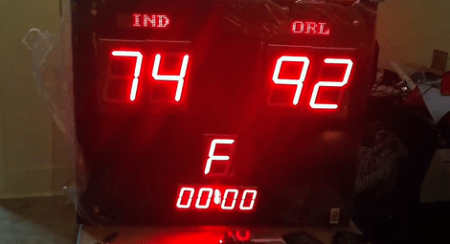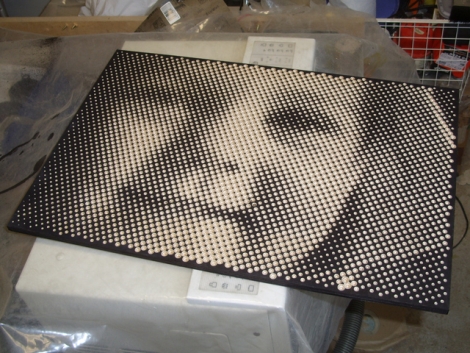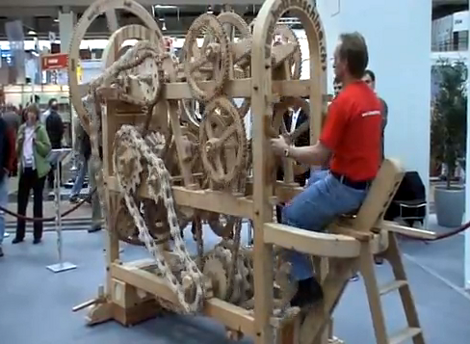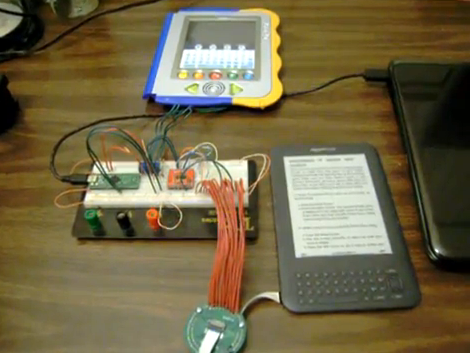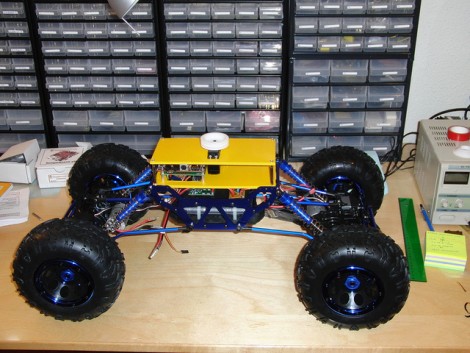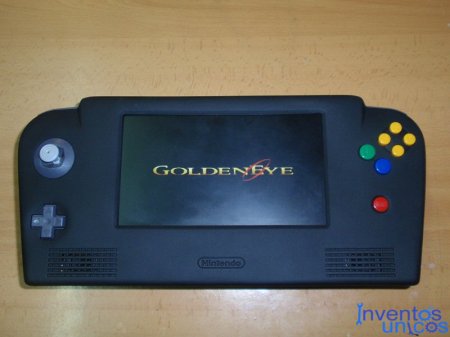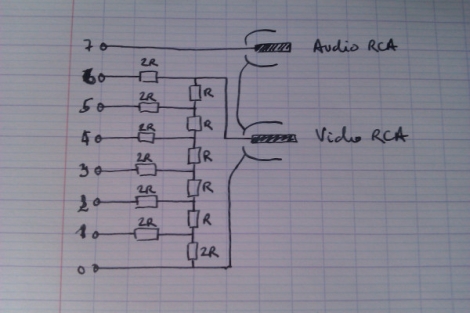
[Ben Leperchey] is working on building a Sega Master System clone using the Papilio One FPGA board, and although his ultimate goal has yet to be reached, he’s bringing some great stuff to the table in the meantime.
One component that is necessary for any sort of game system clone is NTSC/PAL video output, naturally. Since no one had constructed a TV output “Wing” (The Papilio One’s version of a shield or breakout board), [Ben] went and did it on his own. Using only 14 resistors and a low-pass audio filter, he was able to get the video output he was looking for with relatively little trouble. His VHDL code running on the Papilio does all the hard work of creating the video signal, while the wing he designed mostly handles the connectivity.
This is one of the first few projects/components we’ve seen come out of the Papilio camp, and it looks like things are off to a good start. We can’t wait to see the Master System implementation once it has been wrapped up!
Continue reading to see a quick video demonstration of the Papilio One and [Ben’s] TV output wing.

